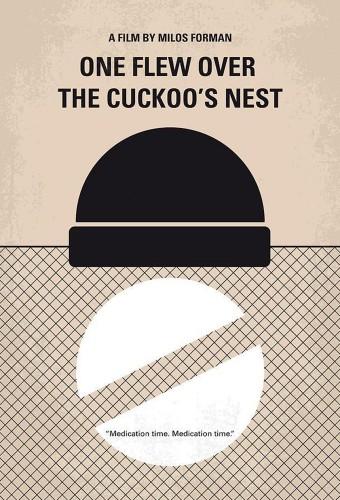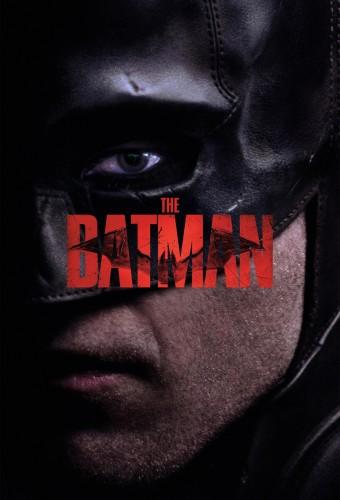

Operation Leopard
The film is based on true events: In 1978 approximately 3,000 heavily armed fighters from State of Katanga crossed the border to the Democratic Republic of the Congo and marched into Kolwezi, a mining centre for copper and cobalt. They took 3,000 civilians as hostages. Within a few days between 90 and 280 hostages were killed. The rebels appeared to be unpredictable and are reported to have threatened to annihilate all civilians. The Congo's head of state Mobutu urged Belgium, France and the United States to help. France sent the French Foreign Legion's 2nd Foreign Parachute Regiment who were flown from Corsica to Kolwezi. Following their arrival they secured the perimeter in cooperation with Belgian soldiers from Zaire and then started to evacuate the civilians. Within two days more than 2,000 Europeans and about 3,000 African citizens were saved. The film strives to depict these events in a dramatised form, concentrating on the Europeans' plight.
The film is based on true events: In 1978 approximately 3,000 heavily armed fighters from State of Katanga crossed the border to the Democratic Republic of the Congo and marched into Kolwezi, a mining centre for copper and cobalt. They took 3,000 civilians as hostages. Within a few days between 90 and 280 hostages were killed. The rebels appeared to be unpredictable and are reported to have threatened to annihilate all civilians. The Congo's head of state Mobutu urged Belgium, France and the United States to help. France sent the French Foreign Legion's 2nd Foreign Parachute Regiment who were flown from Corsica to Kolwezi. Following their arrival they secured the perimeter in cooperation with Belgian soldiers from Zaire and then started to evacuate the civilians. Within two days more than 2,000 Europeans and about 3,000 African citizens were saved. The film strives to depict these events in a dramatised form, concentrating on the Europeans' plight.
People also watched
Loading comments...
























